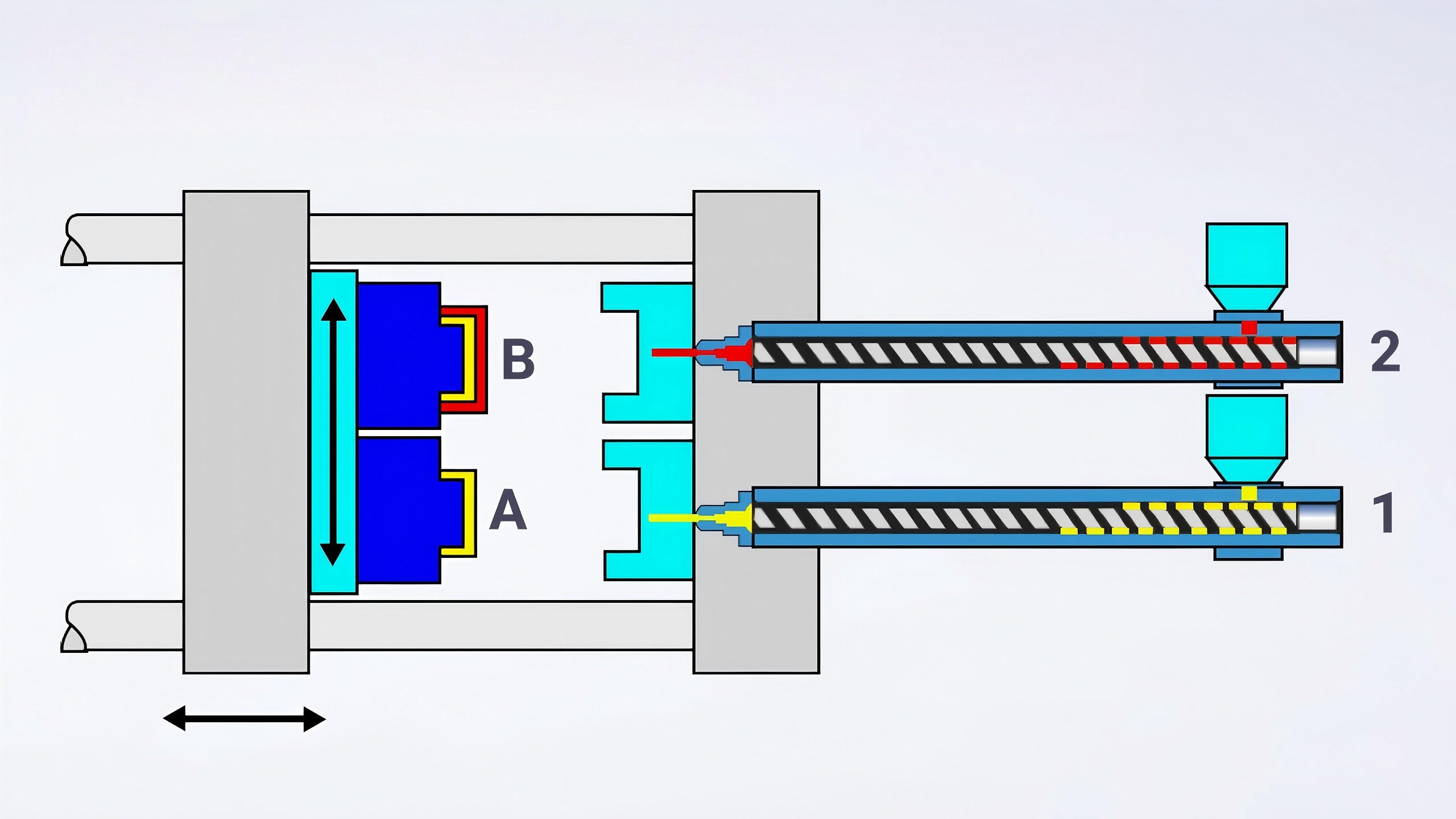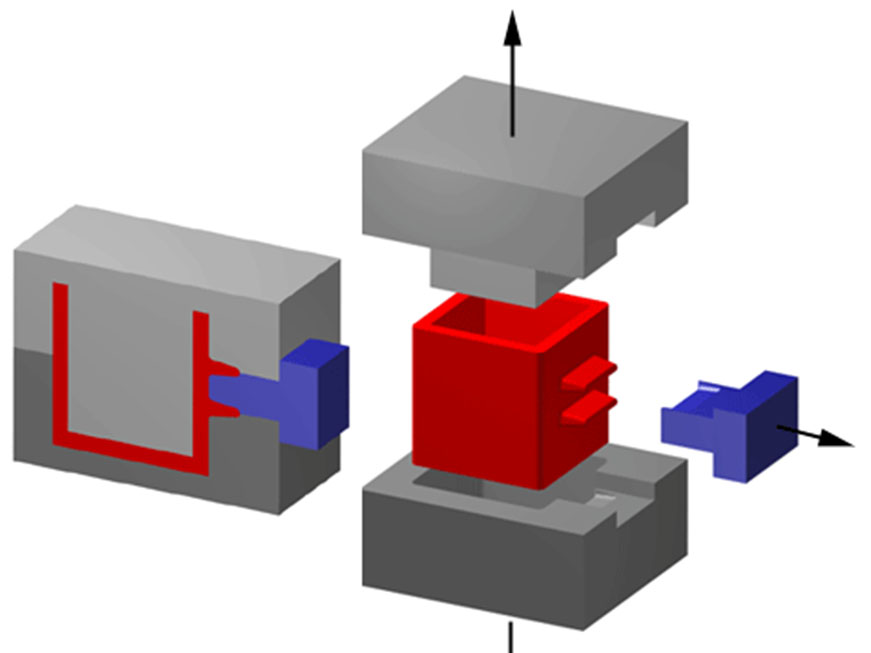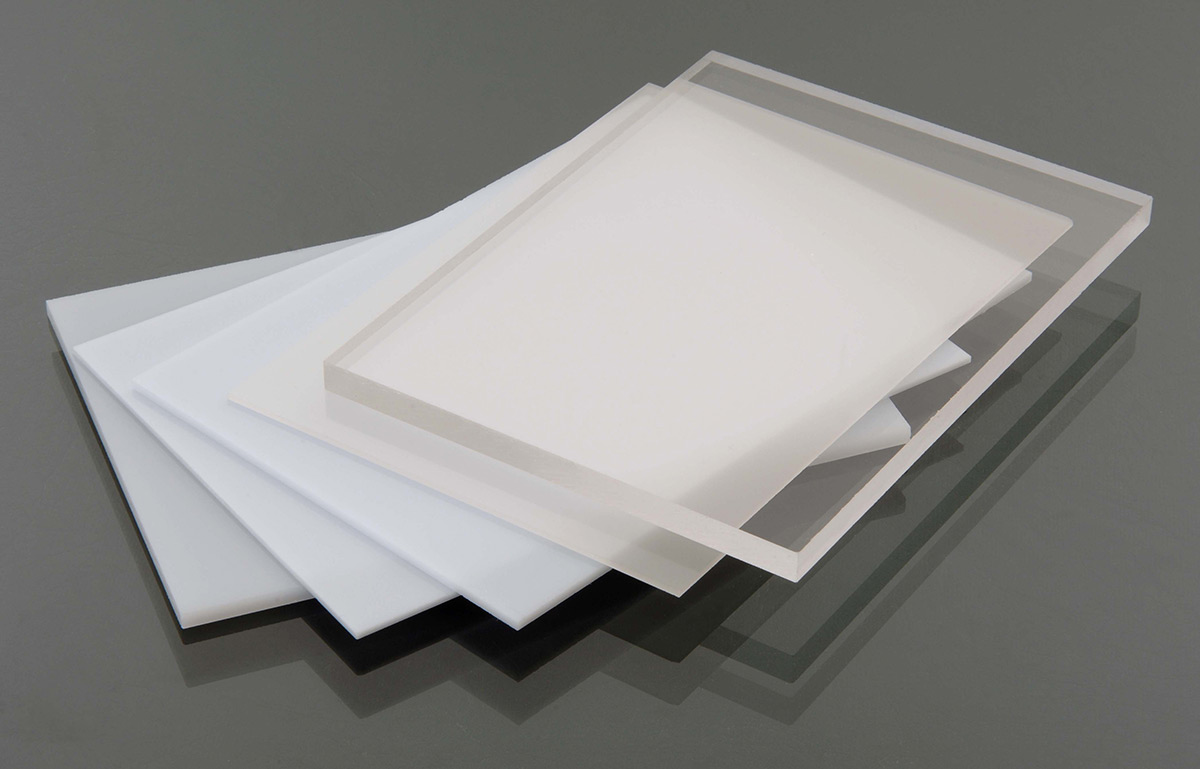
Johnny Xiong
Rapid Tooling Expert
Contents
In metal CNC machining, selecting the right material is a foundational decision that impacts performance, production time, and the final cost of a component. A common pitfall is to simply choose the material with the highest "strength" on a datasheet, a strategy that often leads to over-engineered parts and unnecessarily high manufacturing costs.
The ideal material is rarely the one with the highest absolute strength. Instead, true manufacturing success lies in finding the one that strikes the perfect balance between mechanical performance, machinability, and budget. This guide provides a practical framework for that decision, anchored by a comprehensive metal strength chart designed for various applications.
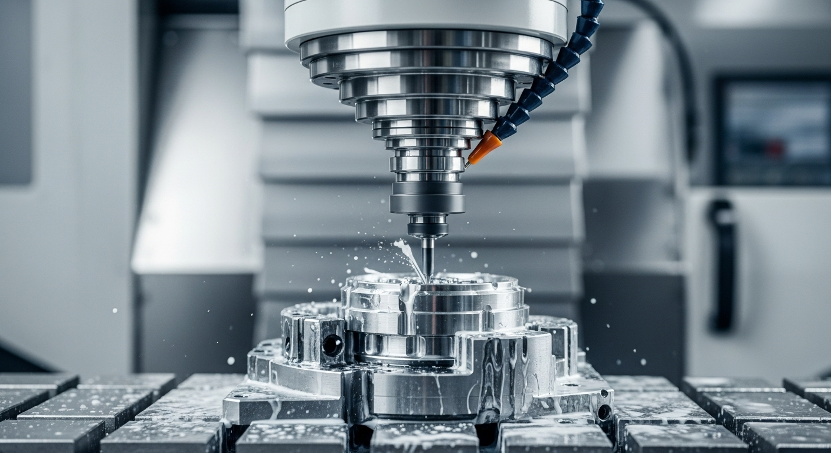
Key Strength Metrics for Machined Parts
To make informed choices, it's crucial to understand the language of material performance. While datasheets are filled with numbers, three key metrics have the most significant impact on CNC metal cutting and part functionality.
- Yield Strength: This is arguably the most critical design limit for any part that must maintain its exact shape to function. It is the maximum stress a material can endure before it permanently deforms—stretching, compressing, or bending for good. A component that has yielded has, for all practical purposes, failed, even if it hasn't broken.
- Tensile Strength (UTS): Also known as Ultimate Tensile Strength, this is the absolute maximum stress a material can withstand before it begins to neck down and fracture. While yield strength marks functional failure, tensile strength represents the point of impending catastrophic failure. The gap between yield and tensile strength is a good indicator of a material's ductility—its ability to deform before breaking completely.
- Hardness: This is a material's resistance to localized surface damage like scratching, indentation, and abrasion. For parts like gears or bearings, high hardness is essential for a long service life as it correlates directly with wear resistance. However, for machinists, hardness has an inverse relationship with machinability. Harder materials are more difficult to cut, generate more heat, and cause significantly faster tool wear, increasing production costs.
HordRT's CNC Material Properties Chart
Navigating the trade-offs between different alloys requires a clear, comparative view. This metal strength chart consolidates the most critical metrics for common metals used in CNC machining, providing an at-a-glance reference for engineers and designers.
Material / Alloy | Yield Strength (MPa) | Tensile Strength (UTS) (MPa) | Hardness | *AISI Machinability Rating (%) | Relative Cost |
Aluminum 6061-T6 | 276 | 310 | 95 HB | 90-95 | $$ |
Aluminum 7075-T6 | 503 | 572 | 150 HB | 70-80 | $$$ |
Carbon Steel 1018 | 370 | 440 | 126 HB | 78 | $ |
Alloy Steel 4140 | 417 | 655 | 197 HB | 66 | $$ |
Stainless Steel 303 | 241 | 620 | 160 HB | 78 | $$$ |
Stainless Steel 304 | 241 | 586 | 160 HB | 45 | $$$ |
Stainless Steel 316 | 290 | 580 | 160 HB | 45 | $$$ |
Titanium (Ti-6Al-4V) | 880 | 950 | 36 HRC | 20-25 | $$$$ |
Brass C360 | 170 | 360 | 78 HRB | 100+ | $$$ |
* AISI Machinability Rating is relative to 1212 Steel = 100%. A higher value indicates better machinability.
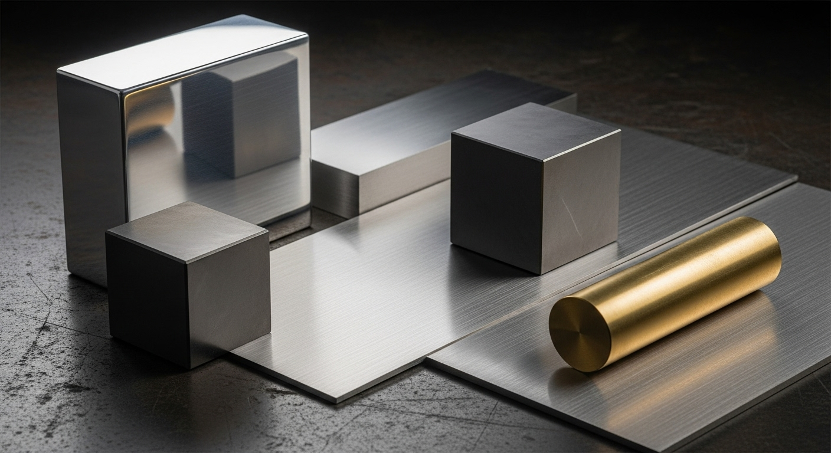
Chart Analysis: Finding the Sweet Spot
The chart vividly illustrates the critical trade-offs that define material selection. The "best" choice is always application-dependent.
1. Strength vs. Cost
A classic example is the comparison between Titanium and Aluminum. Titanium Grade 5 (Ti-6Al-4V) boasts an exceptional metal strength-to-weight ratio, with a yield strength of 880 MPa—nearly double that of high-strength 7075 aluminum. However, its raw material cost is exponentially higher, and its poor machinability rating (20-25%) means machining time can be 5-7 times longer than for aluminum. For weight-critical aerospace or medical applications, this cost is justified. For most other parts, Aluminum 6061 provides an excellent balance of good strength, low cost, and great machinability, making it a cost-effective workhorse.
2. Strength vs. Machinability
The various grades of steel strength offer another clear trade-off. Alloy Steel 4140 has a significantly higher yield strength than Stainless Steel 304 (417 MPa vs. 241 MPa) and can be heat-treated for even greater hardness and wear resistance. However, 304 offers far superior corrosion resistance. The critical factor is machinability. Stainless steels are notoriously tough and "gummy," leading to rapid tool wear and slow cycle times, as reflected in 304's low machinability rating of 45%. This makes it more expensive to machine. If an application requires high strength but not corrosion resistance, 4140 is often the more economical choice due to its better machinability in the annealed state.
Partnering with HordRT for Optimal Material Selection
A material properties chart is a powerful tool, but data alone doesn't build a successful part. True optimization comes from partnering with manufacturing experts who can translate design requirements into a practical, cost-effective production strategy.
At HordRT, our engineering expertise is a core part of our service. We work directly with clients to analyze their specific application, performance requirements, and budget constraints. This collaborative approach allows us to recommend the material that offers the best-balanced properties for the job.
Furthermore, we provide critical Design for Manufacturability (DFM) feedback early in the design process. Design decisions are responsible for up to 70% of a product's final manufacturing cost, making early DFM the single most effective tool for cost reduction. Our feedback helps identify and correct features that could be difficult or expensive to machine—such as deep pockets, thin walls, or sharp internal corners—before they are locked into a final design, preventing costly delays and redesigns.
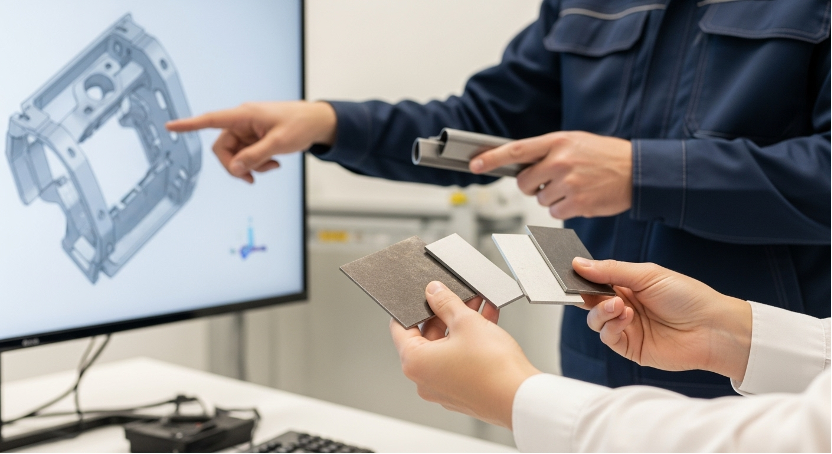
Conclusion
The search for the "best" CNC material is not a quest to find the strongest alloy. It is a strategic exercise in balancing competing factors: performance versus cost, and strength versus manufacturability. An extremely strong but difficult-to-machine metal can drive production costs so high that the project becomes unviable.
The ideal material is the one that meets the functional needs of the part while allowing for efficient, cost-effective metal CNC machining. By leveraging a holistic understanding of material properties and collaborating with an experienced manufacturing partner like HordRT, you can ensure your components are not just strong, but are engineered for success from day one.
FAQs
- Which metal offers the best strength-to-weight ratio for CNC machining?
Titanium alloys like Grade 5 (Ti-6Al-4V) offer the highest strength-to-weight ratio of any common metal, making them ideal for aerospace and medical implants. High-strength aluminum alloys like 7075-T6 are a close second and are often more cost-effective.
- How does heat treatment affect metal strength and machinability?
Heat treatment allows engineers to separate a material's manufacturing properties from its final service properties. A process called annealing is used before machining to soften the metal, relieve internal stress, and greatly improve its machinability. After machining, processes like quenching and tempering are used to dramatically increase hardness and strength to meet the final performance requirements.
- What are the most common and cost-effective materials for CNC prototyping?
Aluminum 6061-T6 is one of the most popular choices for prototyping due to its excellent combination of good strength, low cost, and outstanding machinability. Low-carbon steels like 1018 are also a cost-effective option for prototypes that require good weldability and formability.
- Why is stainless steel so difficult to machine?
Stainless steels are generally tougher and more ductile than carbon steels. They are prone to work-hardening during cutting, and their poor thermal conductivity causes heat to concentrate at the tool's cutting edge instead of dissipating into the chips and workpiece. This extreme heat is a primary cause of rapid tool failure.
- When should I choose a more expensive "free-machining" alloy like 303 Stainless Steel over 304?
For high-volume production of parts like fittings or fasteners, 303 is often the superior choice. The addition of sulfur dramatically improves its machinability, which can slash machining time and tooling costs. This manufacturing cost savings often outweighs the higher raw material cost and the slightly lower corrosion resistance compared to 304.
- Is the strongest steel always the best choice for a part?
No. First, a component's true operational limit is often its yield strength (the point of permanent bending), not its ultimate tensile strength. Second, very high steel strength is usually linked to high hardness, which makes the material much more difficult and expensive to machine, leading to increased tool wear and longer production times.
-q4gvl4k29y4hq8j9rjpapvj0ft06fje63olt7p210i.png)
